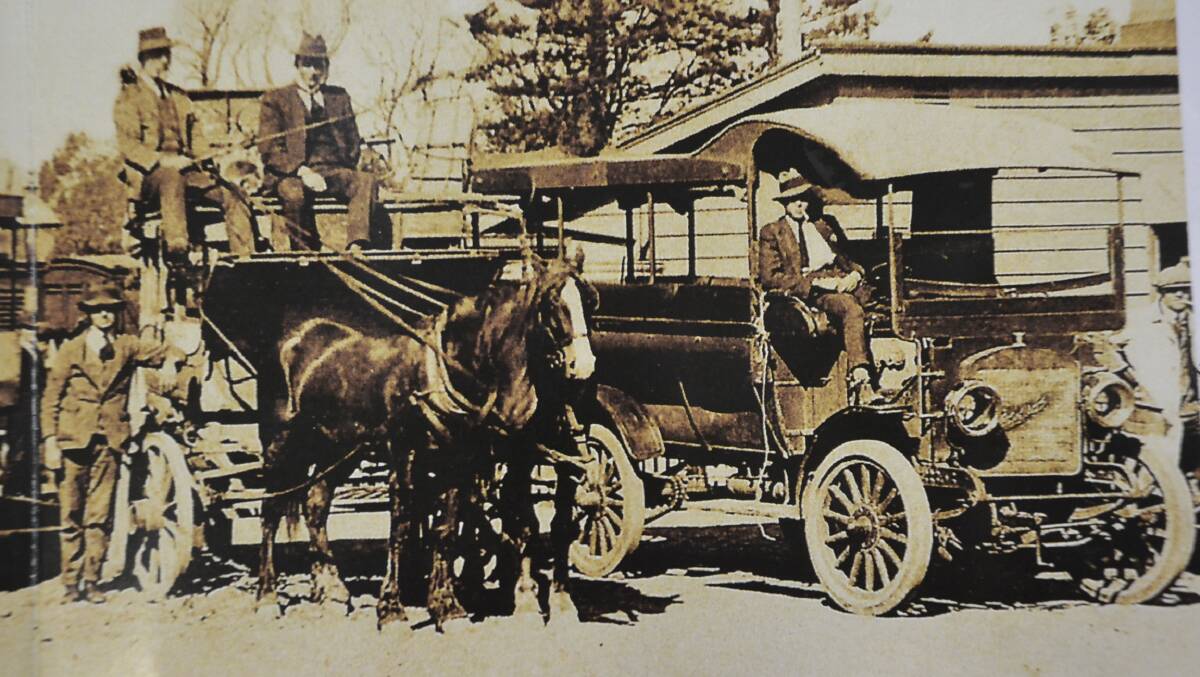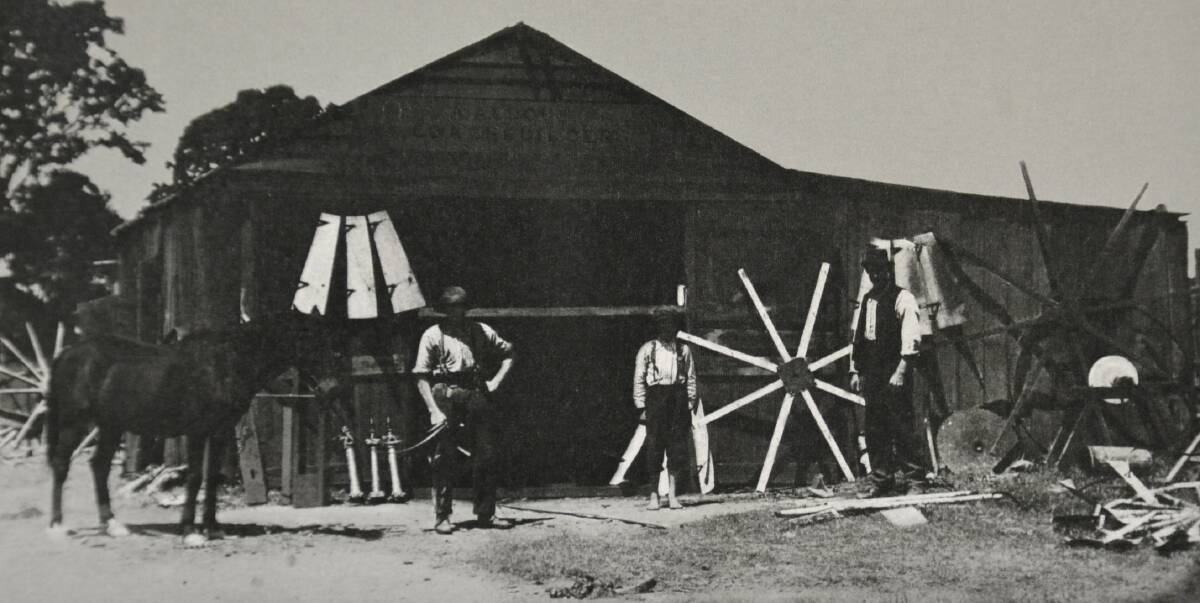Prolific Shoalhaven historical writer Alan Clark will launch his latest book, the Coachmen of the Nowra District on Saturday, May 19.
Subscribe now for unlimited access.
$0/
(min cost $0)
or signup to continue reading
Coachmen will be launched by the Shoalhaven Historical Society at 2pm in the Nowra Museum.
It is the second of a trilogy of books on local artisans and craftsmen researched and written by Mr Clark, a life member of the historical society.
It follows his book on Blacksmiths that was released to acclaim in 2016.
The launch will be performed by John Bennett, OAM, who is well known locally for his involvement in the agricultural society movement, and on the wider stage as ringmaster at the Royal Easter Show.
Interested members of the public are welcome to attend the book launch.
An examination of the manuscript reveals that the term “coachman” includes the tradesmen who constructed and painted the wide range of horse-drawn vehicles, along with the drivers, and entrepreneurs such as Robert Thorburn who had a fleet of vehicles travelling the district.
The industry evolved from the earliest days when small coaches met the steamers from Sydney that arrived at Greenwell Point, taking passengers and parcels to the main centres of Terara and Numbaa.
By the time the bridge over the Shoalhaven River was opened in 1881, Nowra was the principal town, and coaches were soon travelling over the mountains to coincide with the arrival of trains at Moss Vale.
Passengers were brought from Kiama to the Shoalhaven for some years, but that changed when the railway line was extended to Bomaderry in 1893.

That produced a new trade, carrying people across the bridge to Nowra, and there was fierce rivalry for patronage.
“There are even reports of drivers having fights to see who would get the over the sixpence fares,” Mr Clark said.
“There was was some wild men among them.”
Motor vehicles finally put an end to the horse-drawn vehicles that had been a common sight on local thoroughfares for so long, but the one who resisted longer than most others was Barney McTernan.
Mr Clark was encouraged to write about that colourful local identity by his grandson, Allan “Bun” McKinnon back in 2002 when a modest article was published.
Research resumed in earnest some 15 years later, but sadly McKinnon did not live to see what proved to be a monumental story that occupies 20 pages in the book.
“He was a legendary figure,” Mr Clark said.

“He ventured into motorised vehicle but always came back to the horses - apparently he didn't get along to well with engines.”
So widely known was Barney that his fame spread across the country.
John Fairfax, in his book Run O’ Waters related the story of a businessman putting up 10 pounds in a wager with a colleague, adamant that a letter simply addressed “Barney Coachdriver Australia” posted in Adelaide would reach McTernan.
When it arrived at Barney’s Nowra mailbox within 48 hours, the shrewd gambler collected his tenner.
It is hoped that McTernan descendants will accept the open invitation to attend the launch.
Although his career in the industry lasted only a decade, Thorburn was perhaps the most influential coachman in the region.
The Thomson, Aldous, Cockerill, Dwyer, Taylor and Weigand families are well represented, and some interesting illustrations show the coachmen and their vehicles.
Profiles of different sizes range from James “Brummy” Richards who was known far and wide, to John Tow who operated mainly between Numbaa and Nowra, at one stage bringing students to school at Nowra.


